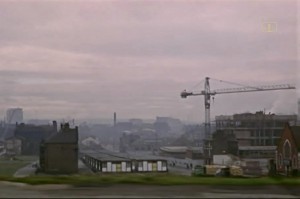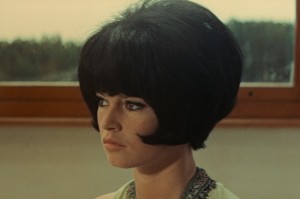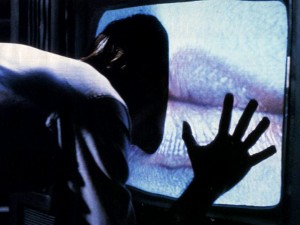“This is no apolitical celebration…” Revolution: New Art For A New World — Reviewed
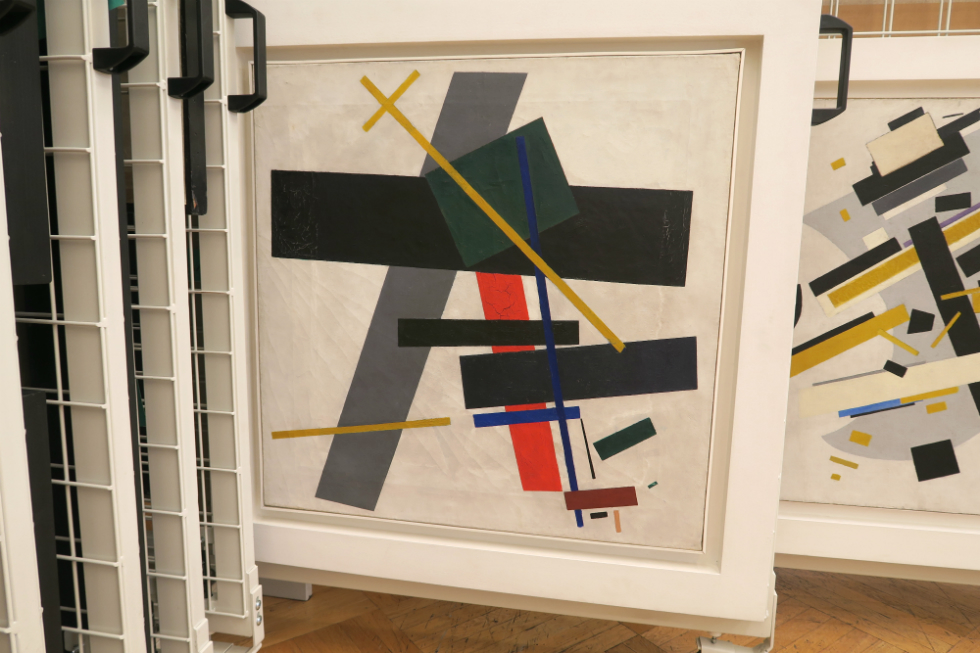
Mike Pinnington reviews a film covering an astonishingly fruitful period in Russian art, that also gets to the core of a dark and brutal period in the country’s history…
“Art is the most powerful means of political propaganda”
– Lenin, 1917
In Revolution: New Art For A New World, director Margy Kinmonth illustrates a tumultuous, frequently traumatic period in Russian history, skilfully interweaving politics and art. Drawing on the testimonies of curators, historians, relatives of artists and museum archives, Kinmonth paints a vivid picture to demonstrate how artists thought they were shaping a new, more optimistic world.
Littered with iconic works from artists including (but not limited to) giants such as Malevich, Kandinsky, Rodchenko and Chagall, the film is a visual feast. One image in-particular that lingers as long as any, however, is of not beauty but brutality, as photojournalist Viktor Bulla captures the moment a street demonstration was swiftly ended when troops opened fire on the masses. Later the same year, Bulla photographed the October 1917 uprising, which ushered in the Bolshevik Revolution; a turn of events that formally established a link between art and politics.
Employing this link as a pivot, Kinmonth juxtaposes key artistic figures with state chicanery, deftly carrying off the difficult balancing act between worshipping the achievements of the avant-garde with unflinching depictions and descriptions of real-world tragedy. The technique sheds light on the doomed association; the use of artists’ relatives, rather than coming off as gimmicky, brings us closer to the insanity and fallout of successive regimes. We see that while artists saw themselves as having won a victory for new art over the old, utopian optimism was sadly short-lived; for all the freedoms granted them in developing and indulging their talent, they had to obey the party.
Lenin – and later Stalin – co-opted art as the vehicle (sometimes literally) by which it could best deliver its message to the masses. The highly regarded critic Nikolay Punin was appointed Arts Commissar; Rodchenko’s startling graphic design and photography (pictured, below) would further communicate state propaganda via advertising; while Vertov, he of Man with a Movie Camera (1929) fame, was enlisted to spread the word aboard cinema cars on trains.
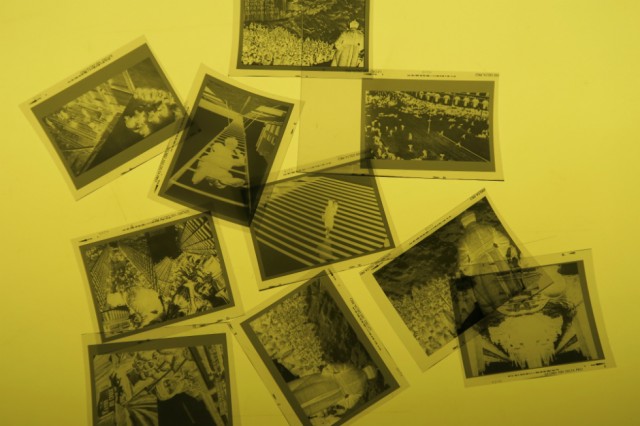
If being reduced to tool of the state (knowingly or otherwise) wasn’t enough, on Lenin’s death in 1924, Stalin filled the void and decided that a return to state sponsored figurative art would better serve the ends of Communism, brutally stifling the inventiveness of abstraction. Yes, even that maverick of suprematism Malevich, while asking “must art return to a backward position?”, was forced to find ways to express himself in more realist fashion.
Amid the so-called great purge of 1937 which saw lives destroyed and hundreds die daily, avant-garde works of art were also being destroyed (although some were secreted away, saved by museum curators). Along with writers and poets, artists were declared enemies of the state and “disappeared” – either to the gulags or executed (only those who experienced these things knew what was worse). Among them Punin, previously the arts commissar; Klutsis, who famously pioneered photomontage, died as a result of brutal interrogations; and Bulla the photojournalist died during a period of solitary confinement, charged with espionage. Rodchenko, meanwhile, was spared – his ongoing contribution to projects such as USSR in Construction seen as vital to winning any culture war with the Western world, while Malevich succumbed to cancer.
While Revolution: New Art For A New World illustrates – to an almost dizzying degree – an astonishingly fruitful period of progress and production for visual art in Russia over so short period, it never does so at the expense of human stories, or the truth – this is no apolitical celebration of revolutionary art (to paraphrase critics of the output of Malevich et al). Kinmonth never shirks her responsibility to history, or those subjected to so harsh an existence. The result is that it serves as stark cautionary tale, reminding us that in darkness there is light, but, of course, also that the opposite is true.
Mike Pinnington
Revolution: New Art For A New World is released on DVD 3 April 2017, and will also be broadcast in the BBC’s upcoming Russian Revolution Season and will air on Monday 6 November at 9pm on BBC4



